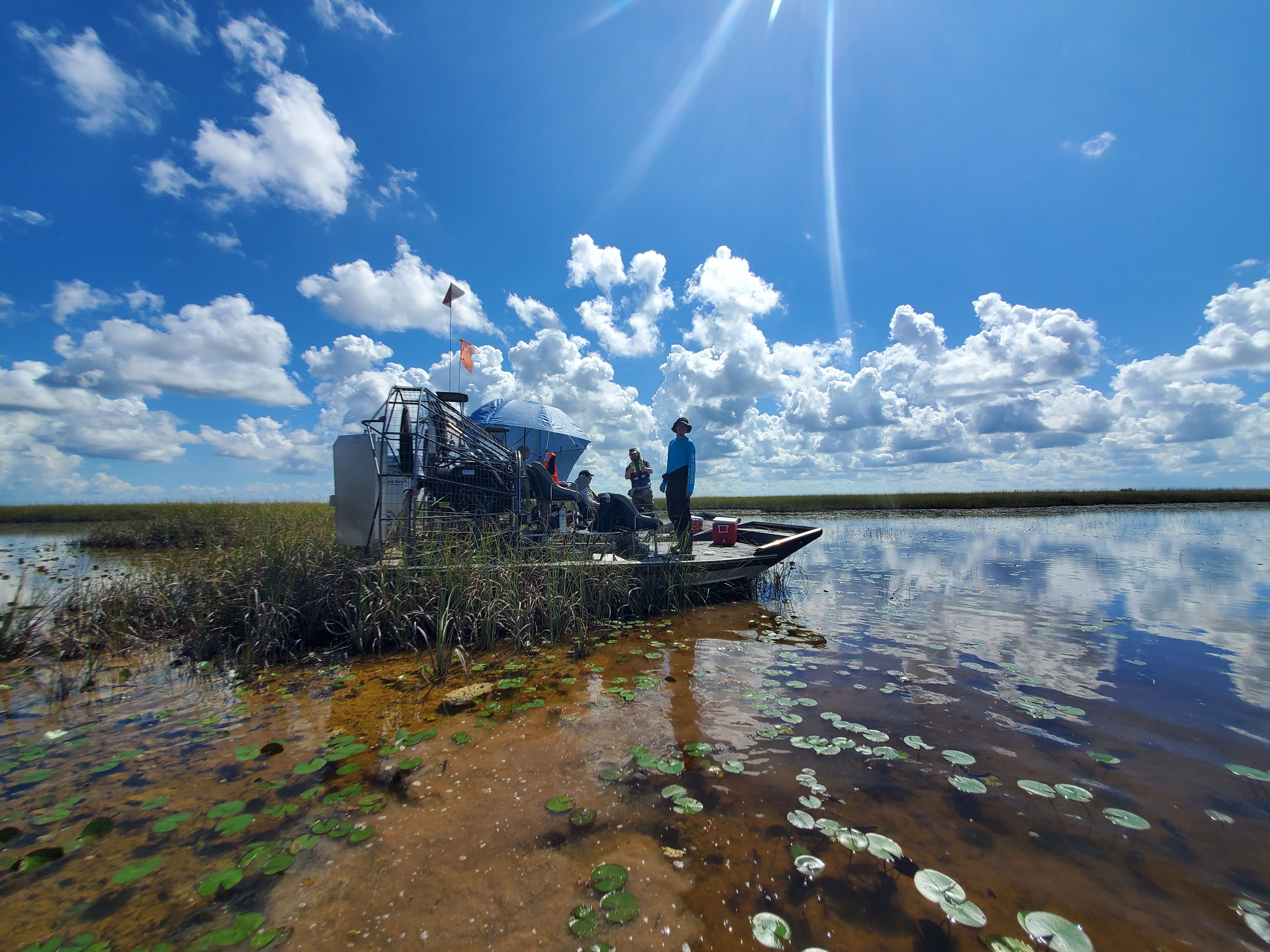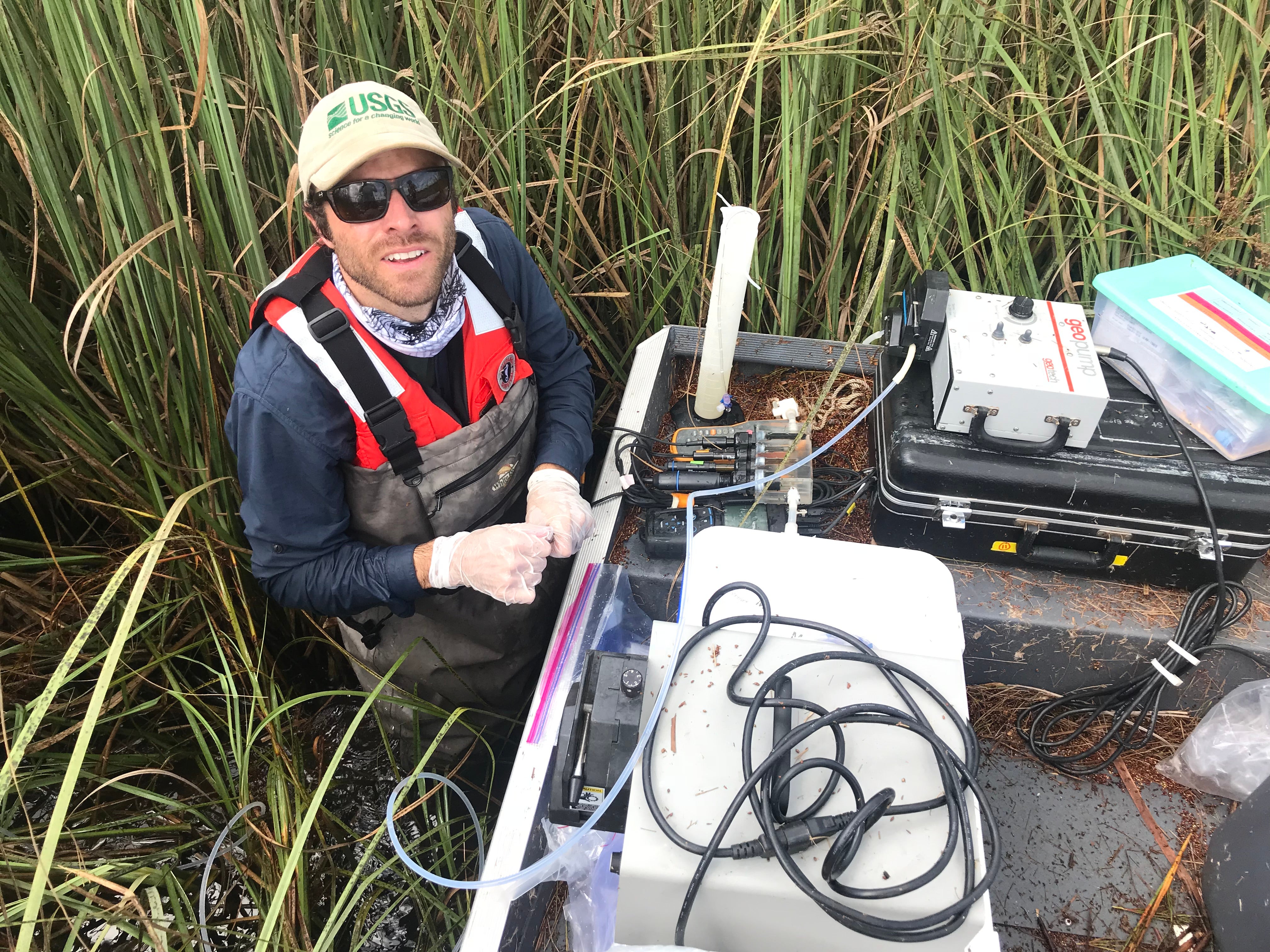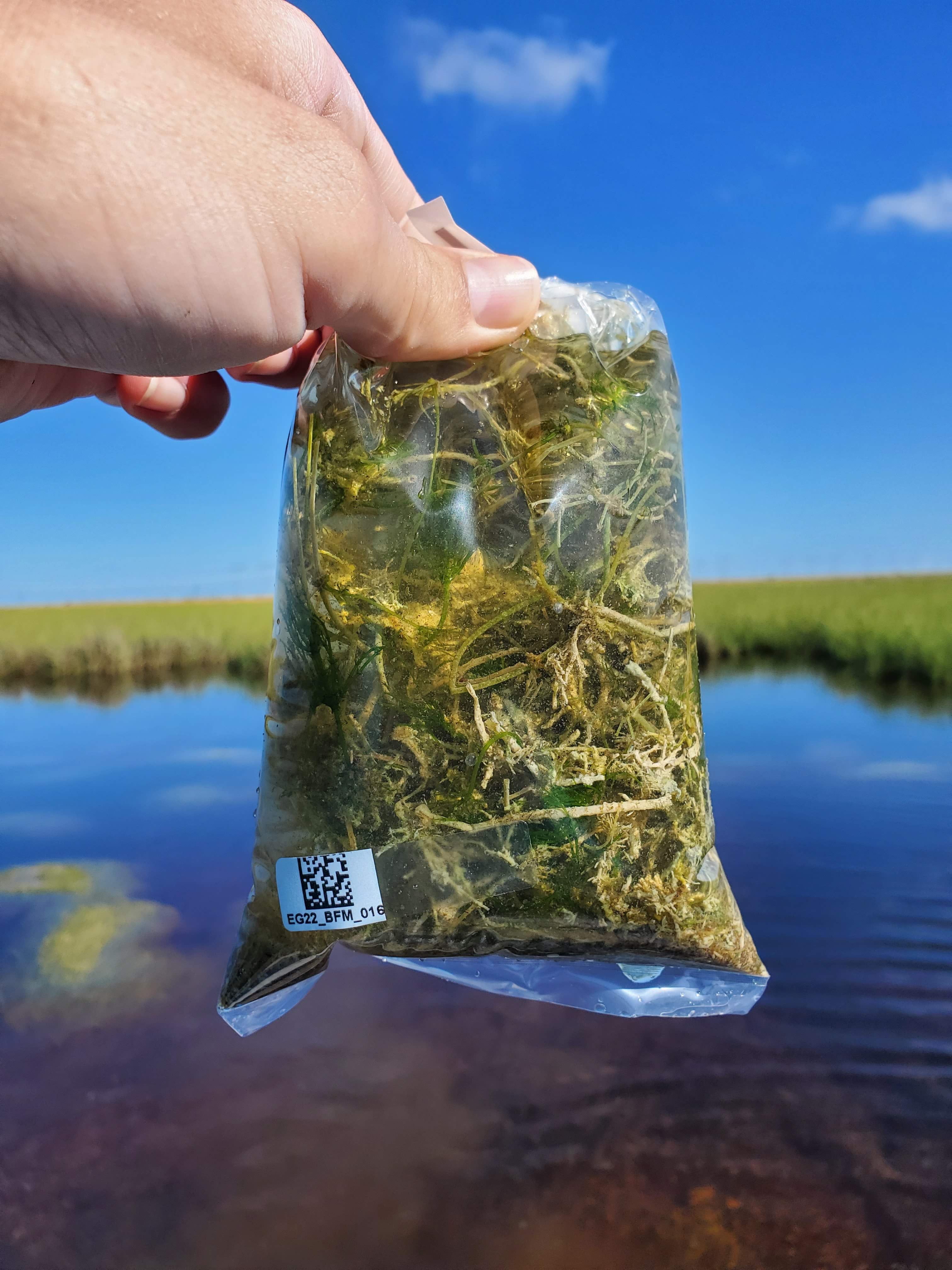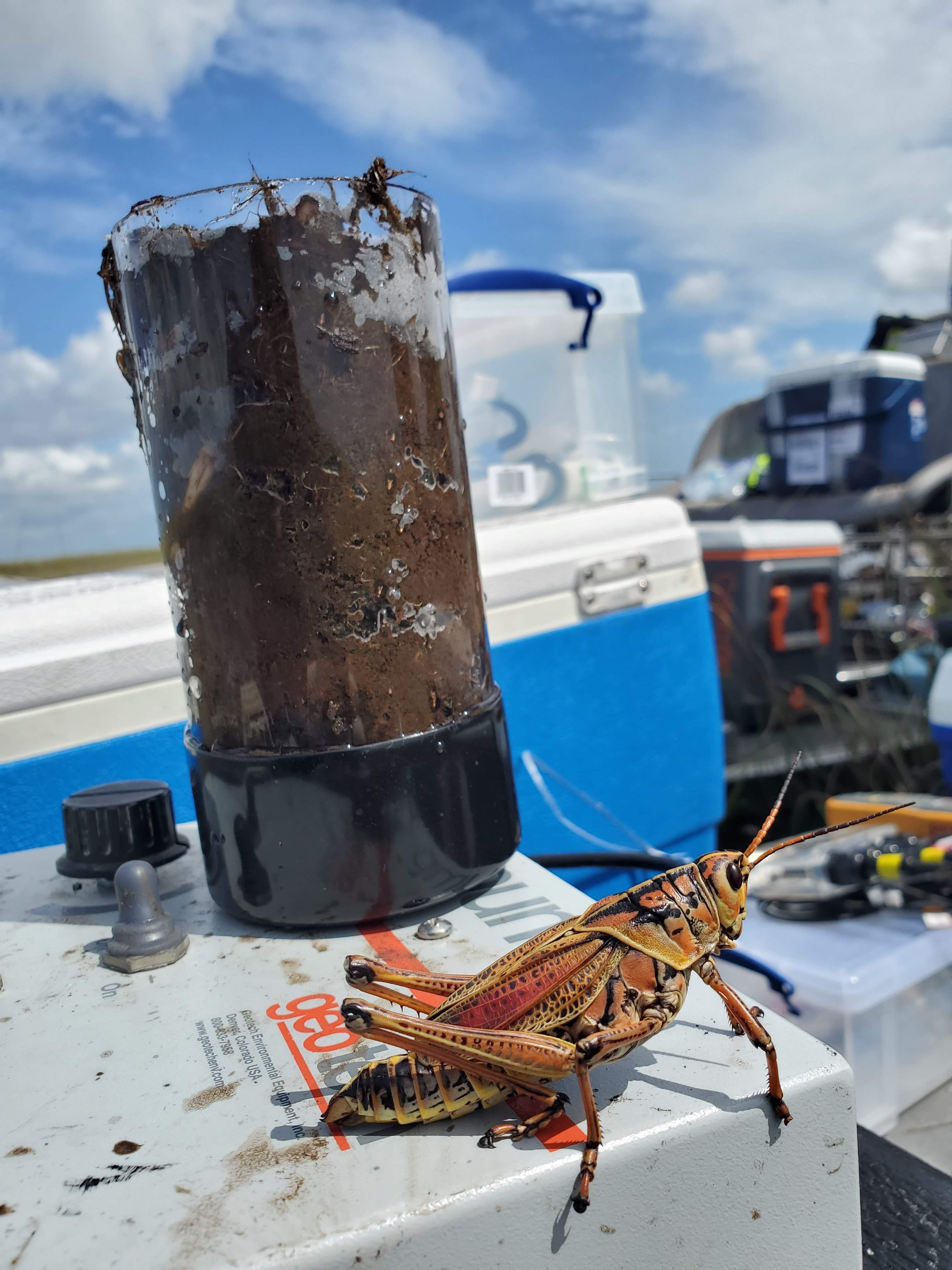Sulfur applied to sugarcane crops in South Florida is flowing into wetlands upgradient of Everglades National Park, triggering a chemical reaction that converts mercury into toxic methylmercury, which accumulates in fish, new research from University of California, Davis finds.
In a paper published in Nature Communications, researchers collected water and mosquito fish across wetlands fed by agricultural canals. They documented how sulfur runoff can dramatically increase methylmercury concentrations in fish - sometimes up to 10 million times greater than the waters in which they lived, posing a risk to human health and wildlife. Growers apply sulfur to alkaline soils in South Florida to manage pH levels and increase the availability of nutrients to sugarcane.
"Methylmercury is a neurotoxin, and it's particularly problematic because it can get across the blood brain barrier, so it gets into our central nervous system, and it can also cross the placental barrier," said lead author Brett Poulin, an assistant professor in the UC Davis Department of Environmental Toxicology. "It could have effects on cognition, on development, and it's preventable to some degree because we know what changes we can make to decrease mercury levels in fish in managed wetlands."

Mercury is a global pollutant present in the atmosphere. It is deposited into the Everglades, which is home to a $26 billion restoration project, by almost daily rainfall.
"The concentrations of mercury that we see in fish and avian populations in South Florida are some of the highest that you will see anywhere in the world," Poulin said.

The United Nations adopted the Minamata Convention on Mercury in 2013 to reduce emissions of the element but the process is slow and uncertain. The U.S. Environmental Protection Agency also doesn't regulate sulfur like it does with nitrogen or phosphorus fertilizers.
A call for local action
Sulfur contamination has been found in over 60% of the Everglades. Reducing the use of sulfur in agriculture could quickly decrease mercury levels in fish.


The authors said local management and sustainability actions could reduce the regional use of sulfur, which fuels anaerobic bacteria and tiny single-cell organisms called archaea that convert mercury into methylmercury.
"We're able to draw firm conclusions about causal relationships between sulfur inputs and the formation of methylmercury and uptake in fish," Poulin said. "The findings provide a local solution to this issue, and you'd expect a very fast response."
Sarah Janssen, David Krabbenhoft, Michael Tate and the late George Aiken from the U.S. Geological Survey, or USGS, contributed to the research, which was funded by the USGS's Greater Everglades Priority Ecosystems Science Program.






